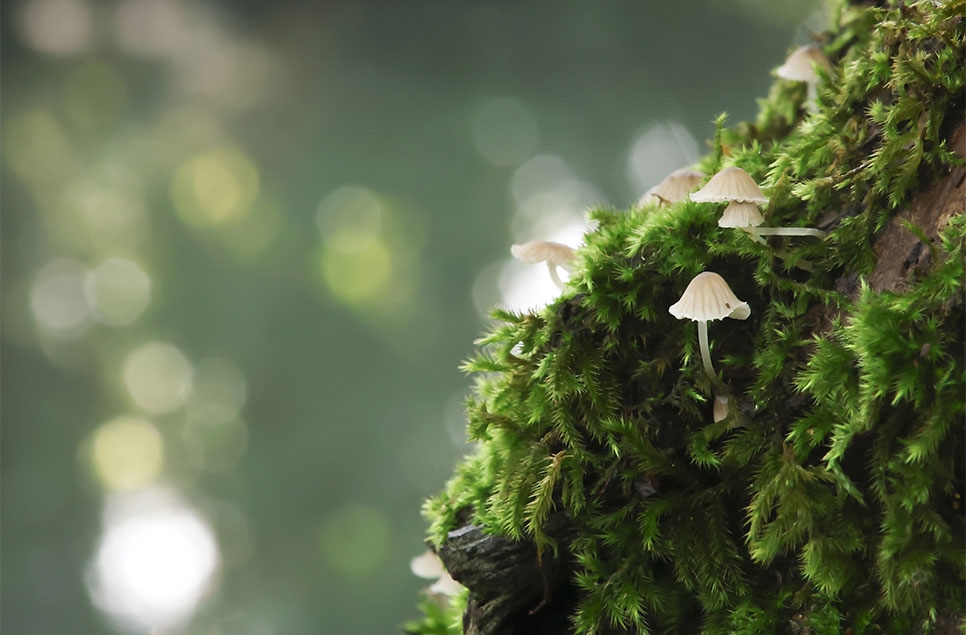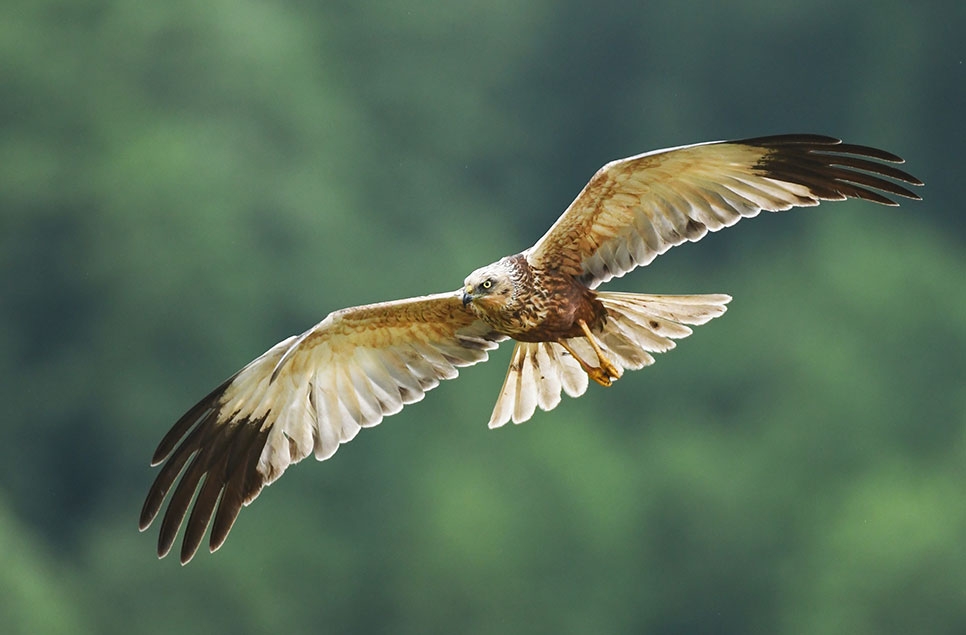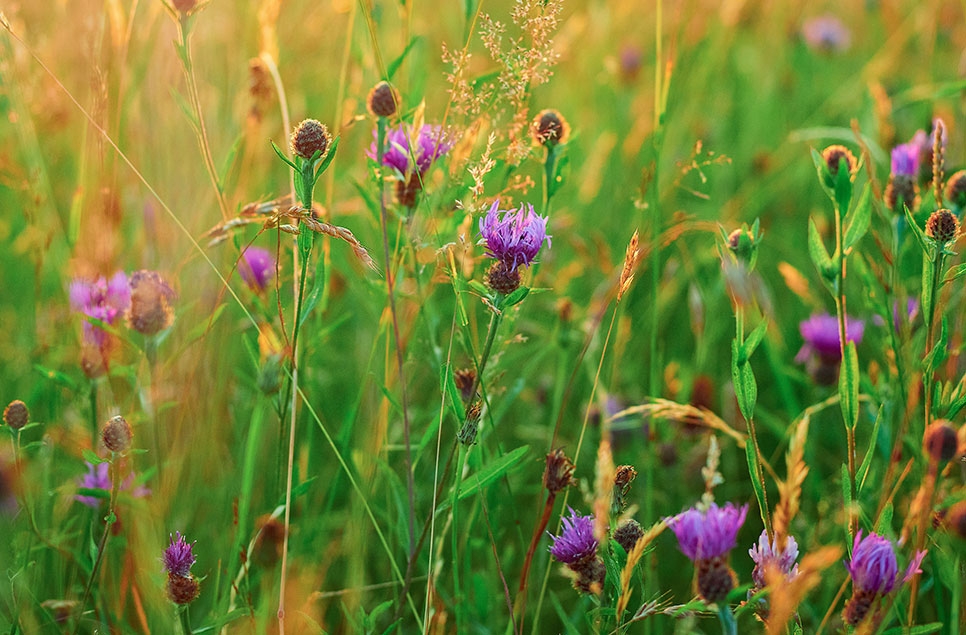Autumn reserves roundup
After a busy summer across WWT’s reserves our teams have a long list of seasonal jobs to get through in preparation for the colder months ahead.
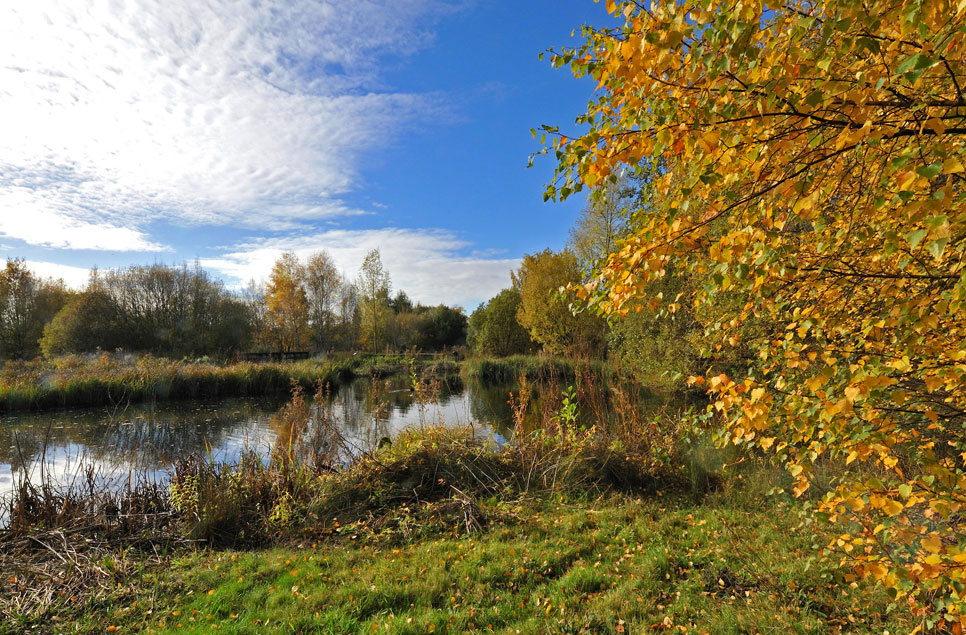
Autumn is a busy time of year in the natural world. It’s when the preparations for winter begin. Squirrels are dashing to and fro burying nuts in secret places, fungi are appearing as if by magic and berries glisten on the hedgerows.
It’s a busy time of year on our reserves too. Without the work we do at this time of year, many of the species that rely on wetlands for overwintering wouldn’t make it through the winter. It’s a lovely time of year to be out on our reserves too, cooler temperatures make the heavier work a little easier and the beauty of the changing landscape is a treat, drip fed as the weeks go by. Excitement builds too, as our teams await the first autumn migration arrivals.
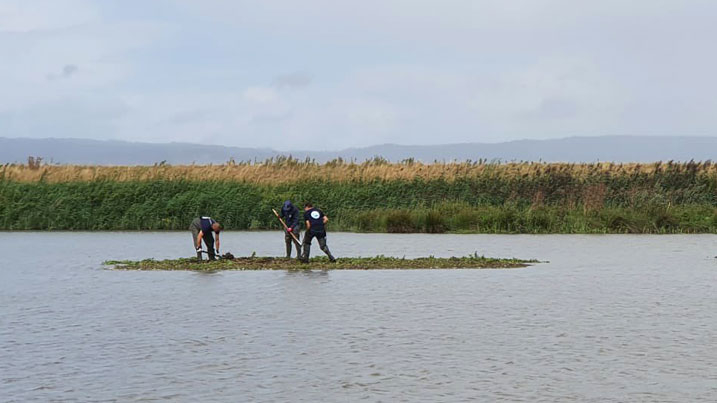
After the busyness of summer, autumn might seem like a good time to sit back and take stock but there is still a lot to do. Preparing for the arrival of the birds that will spend the winter on our wetlands is at the forefront of all our minds, but we also begin thinking about preparing the land so it can rest and rejuvenate over the winter and be in top shape for the next breeding season.
Autumn is the key time of year for clearing, cutting, digging and more clearing. At WWT Castle Espie the team will be prioritising scrub clearance from various areas around the reserve and managing cleared areas in the woodland. They’ll also be giving the ponds a good clean out using diggers to clear scrub, this is essential work for controlling invasive species. It’s also an important time to get all those maintenance jobs done that have been put off over the summer.
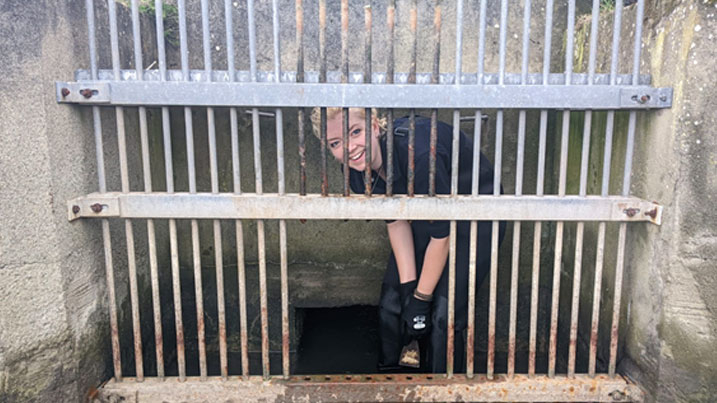
This is the time of the year when 90% of the world’s population of light-bellied brent geese arrive on Strangford Lough, migrating from their breeding grounds in Arctic Canada. It’s a busy time for the team as they monitor this internationally important wildlife event. After a significant dip in numbers a tagging programme was set up in 2003 and has been vital in widening understanding and knowledge of how to protect these birds and their habitats. Each year staff and volunteers undertake the Brent Strangford Lough Census and accompanying ring reading to monitor the number of birds visiting.
At WWT Llanelli all hands are on deck for this busy time of year. With the help of volunteers staff will begin the big job of cutting back foliage on the reserve. Starting with cutting back sections of the reed bed which helps it to function more efficiently as a treatment system for water coming into the site from the neighbouring sewage treatment works, by removing silt, phosphates and nitrates.
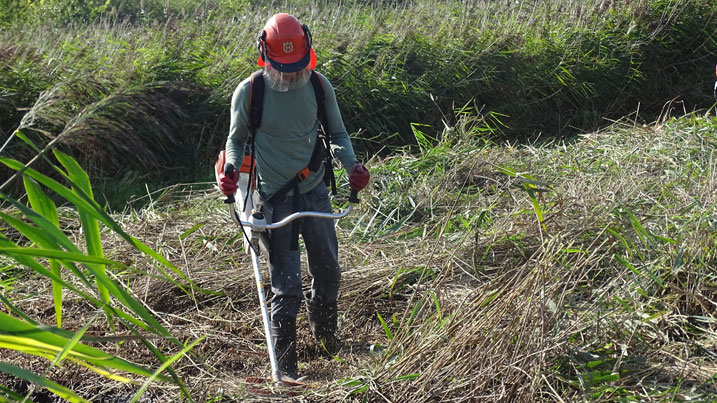
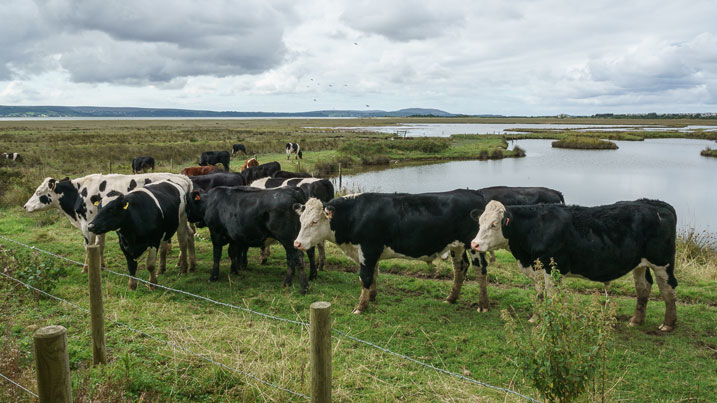
The team will also say goodbye to the livestock they’ve shared the site with over the summer. These four legged friends do important work over the summer managing the habitats around the reserve, giving our hard working staff a helping hand with the mowing. Before they’re taken off site the cattle are TB tested in the old Tir Morfa Farm yard. The rare-breed sheep will also go back to their wintering quarters in the Vale of Glamorgan.
Wardens report that there’s still plenty of wildlife to see on the reserve. In the Millennium Wetlands the last of the dragonflies are still hunting on sunny days. Kingfishers can still be seen fishing daily in the Deep Water Lake, and as nights draw in little egrets roost in the trees around the shore. Some great white egrets have been spotted amongst them, and even a bittern. Bats are still being spotted on warm evenings too.
At WWT London annual coppicing work starts as the leaves begin to turn, this work will continue throughout the winter. Scrub control and hedge laying work is also an important job at this time of year. Maintaining and clearing the open areas of wetland habitat at an early successional stage is vital for many wetland specialists such as lapwing and water voles.
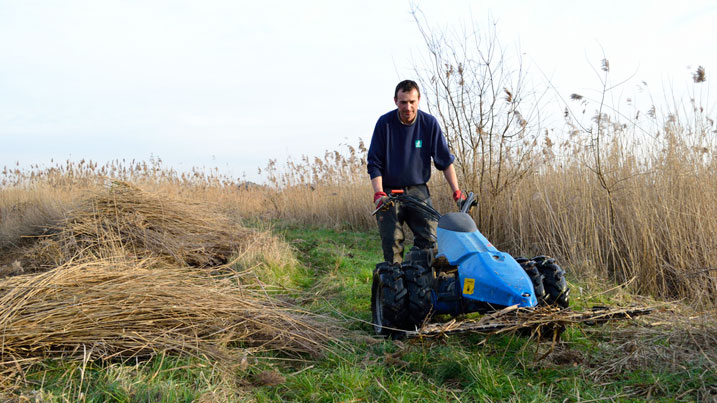
There is also monitoring to be done at the season turn with ongoing surveys including winter water rail call surveys. The team are eagerly awaiting the autumn bird life, as the bitterns return along with snipe and jack snipe and the duck numbers begin to build. They’ll be hoping for a rare spot as they begin their autumn bird walks this month.
At WWT Slimbridge there’s lots of work around some of our most important areas coming to an end, all to get the site ready for winter. The team are starting tree work across the reserve which begins with selected trees being pollarded or coppiced to improve habitat.
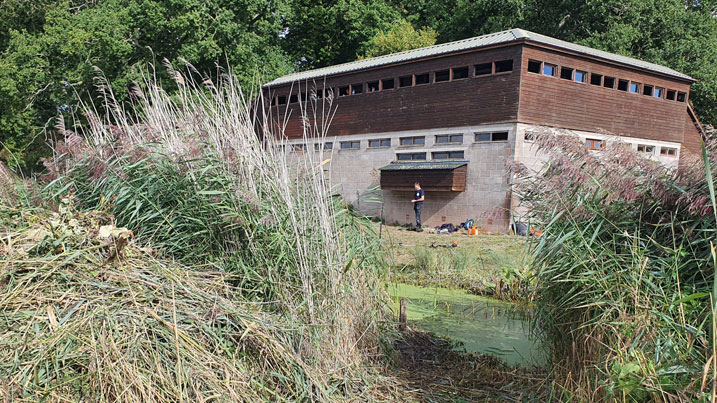
Just like all our teams excitement is growing as winter migration begins. Duck numbers are increasing daily - mainly teal, wigeon and pintail. Winter wader numbers are looking good too with plenty of lapwing, dunlin and golden plover spotted. In the hedgerows redwing and fieldfare have been spotted – recent arrivals from Scandinavia and Iceland. However, the annual bet for the first Bewick’s swan to arrive is still on.
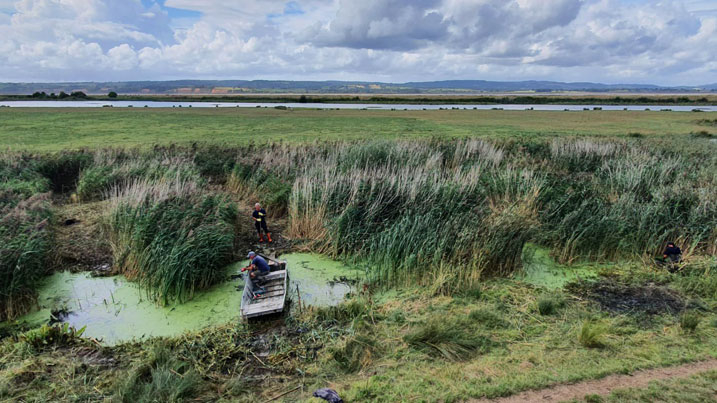
At WWT Steart Marshes autumn is the time of year the team turns its attention to one of the reserves smallest inhabitants. Each year they complete a water vole survey across the site, with the help of a dedicated team of volunteers. The team cover the ditches across most of the reserve to monitor the extent of the water vole population. This allows them to identify any changes in their distribution around the site. We are pleased that the water voles are so far doing well at Steart Marshes, making use of the whole reserve.
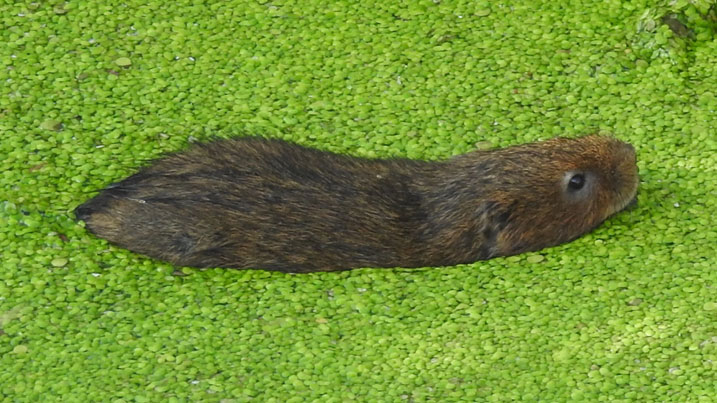
At WWT Welney work is in full swing getting the reserve in good condition for the winter wildfowl. The team are also thinking ahead to the following spring with tree pollarding and coppicing, and ditch clearance. The ditch work will create good feeding areas for snipe and help transport water further around the reserve when conditions are dry. The reserve team have experienced one of the driest years on record making the job of keeping the wetlands wet extremely challenging. Keeping the ditches full of water is important for the livestock but also keeps the organic peaty soils wet, making sure the rich biodiversity is maintained on the site.
Moth counts are in full swing too, so far the team have logged 560 moths. Species of interest include hummingbird hawk moth, goat moth, frosted orange and cabbage moth. Good numbers of wildfowl are returning already. Bittern and wheatear have been spotted and eight cranes at the last count.
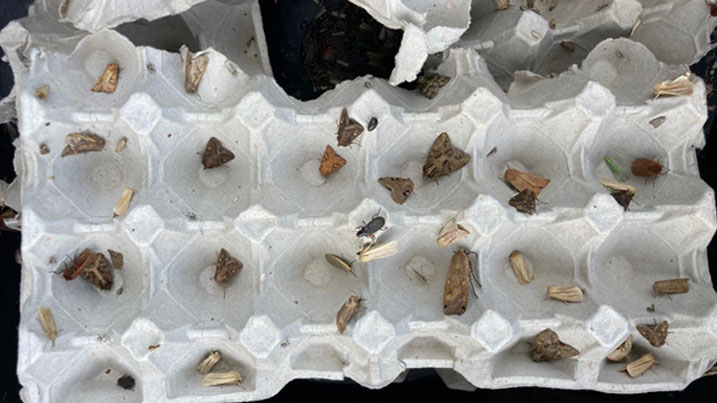
This year the team have recorded nine Tansy beetles on the reserve. This endangered beetle only exists on three sites in the UK and last year the team worked on creating the perfect habitat for the beetle in an attempt to increase the fragile population. It looks like their work has paid off!
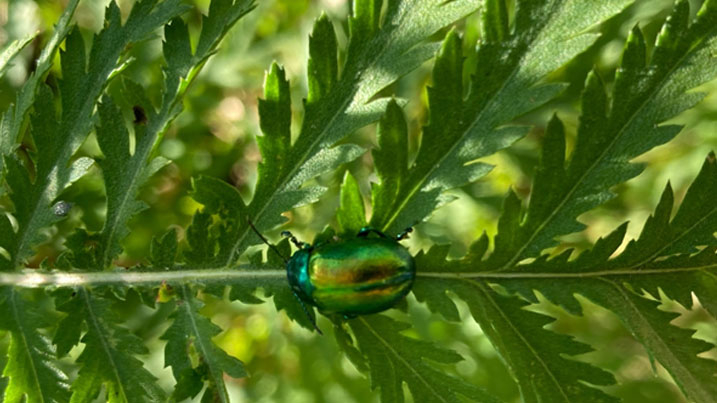
Discover more this autumn
As you can see there’s so much going on at our reserves, why not come and see for yourself? And if you haven't already invested in some optics, don't miss out on any of the wildlife action from our hides any longer.
Shop with us and give back to wetland nature.
Shop optics